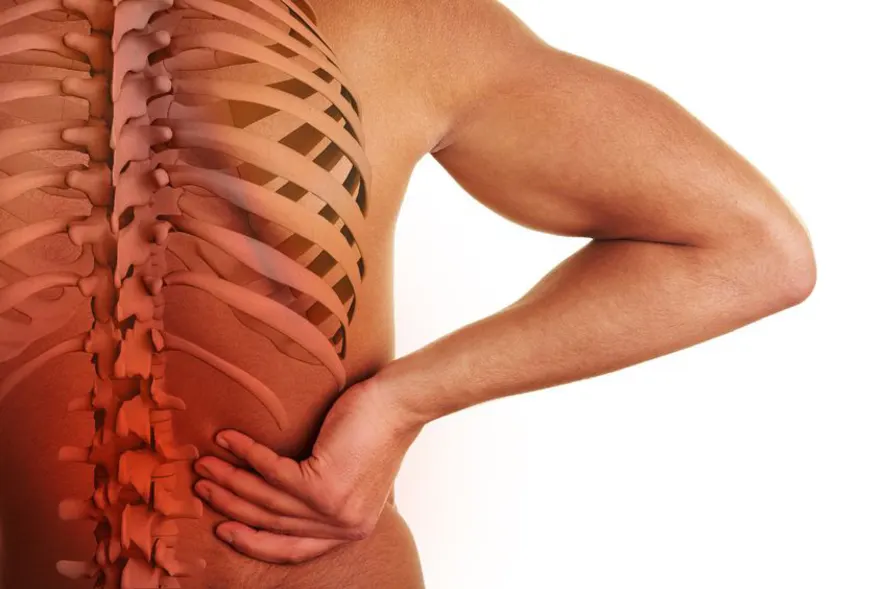Spinal stenosis refers to narrowing in the space inside the backbone. Foraminal stenosis is the narrowing of the openings between the bones in the spine. People with these conditions may need ongoing pain management. Here is more information about these conditions:
Conditions Leading to the Diseases
The cause of this narrowing could be due to one or more of these factors:
- Narrowing of intervertebral discs
- Arthritis in the spine
- Bone spurs (osteophytes) growing on the vertebrae bones
Foraminal stenosis can occur after a herniated disc or may be present from birth. It occurs with degenerative disc disease when a disc breaks down over time. This happens due to aging and wear and tear on your body.
Both conditions involve spinal canal narrowing. They involve the narrowing of the openings in the bones that comprise a vertebra. Spinal stenosis involves a narrowing at any point along the spine. Foraminal stenosis only occurs on either side of your vertebrae.
The spinal canal is the space in your spine that runs from the skull base to the tailbone. Foraminal stenosis occurs when there’s too much bone growth around these openings. The openings are called neural foramina.
Foraminal Stenosis Is a Form of Spinal Stenosis
Foraminal stenosis is a type of spinal stenosis. In this condition, the openings in your vertebrae (foramina) are narrow. This leads to compression and irritation of the nerve roots that exit through them.
The results of these conditions can include back pain, neck pain, and headache. It can induce face pain (trigeminal neuralgia). Treatment options include medications, injections, or surgery. The prognosis is good if treatment reduces symptoms and stops nerve compression progression.
If you feel any pain that you believe might be spinal or foraminal stenosis, get a precise diagnosis.
Noticeable Differences
Spinal stenosis refers to any narrowing in the spine. Foraminal stenosis refers to the narrowing of the openings. Both conditions can occur at the same time.
Foraminal stenosis occurs when there is compression of nerve roots. These are nerve roots that exit from between two vertebrae in your neck or lower back. This compression can cause pain, numbness, or weakness in an arm or leg.
The condition can sometimes cause difficulty walking or breathing. These difficulties occur because this compression affects nerves that control muscles.
Spinal stenosis is a general term for narrowing of the spinal canal. A common factor causing this disease is aging. This happens because aging causes spine degeneration over time.
This degeneration may lead to bulging or herniated discs. It leads to bone spurs that reduce the space available in the spinal canal.
Factors Causing Narrowing
The narrowing results from many factors which include:
- Pain in your back, neck, or legs
- Degenerative disc disease
- Bulging discs
- Bone spurs
- Tumors
- Arthritis
- Numbness or weakness in one leg
- Leg pain when extending it backward
- Difficulty walking
- Loss of bladder control when bending over
- Decreased ability to hold objects with both hands at the same time because doing so makes your arm go numb
Foraminal stenosis has several factors contributing to it. Your spine becomes less flexible if you have degenerative disc disease. This condition is called spondylosis. It makes the spine more susceptible to damage over time.
Degenerative disc disease affects people as they age. The disease resembles osteoarthritis in joints like hips or knees.
A herniated disk occurs when the soft center inside your spinal discs presses against your spinal cord or nerve feet. Herniated discs are very common and cause back pain.
Certain tumors within bone tissue around nerves can narrow openings between bones (foramina). Patients with foraminal stenosis may experience numbness or weakness. They cause tingling sensations from a patient’s feet up their legs.
This happens because foraminal stenosis can affect both sides of their bodies. Patients with spinal stenosis only experience symptoms on one side at a time. This occurs due to compression on only one nerve root at once. Understanding the difference between two types of spinal conditions can help your treatment.
Why Visit a Pain Management Facility?
If you feel back, neck, or leg pain, get an accurate diagnosis from a pain management consultant. This can help you get the care you need and avoid unnecessary treatments.
If the pain persists, it may be a sign of spinal stenosis. If your symptoms are consistent with both types, both conditions may be present at once. Pain management specialists can help with your treatment.




